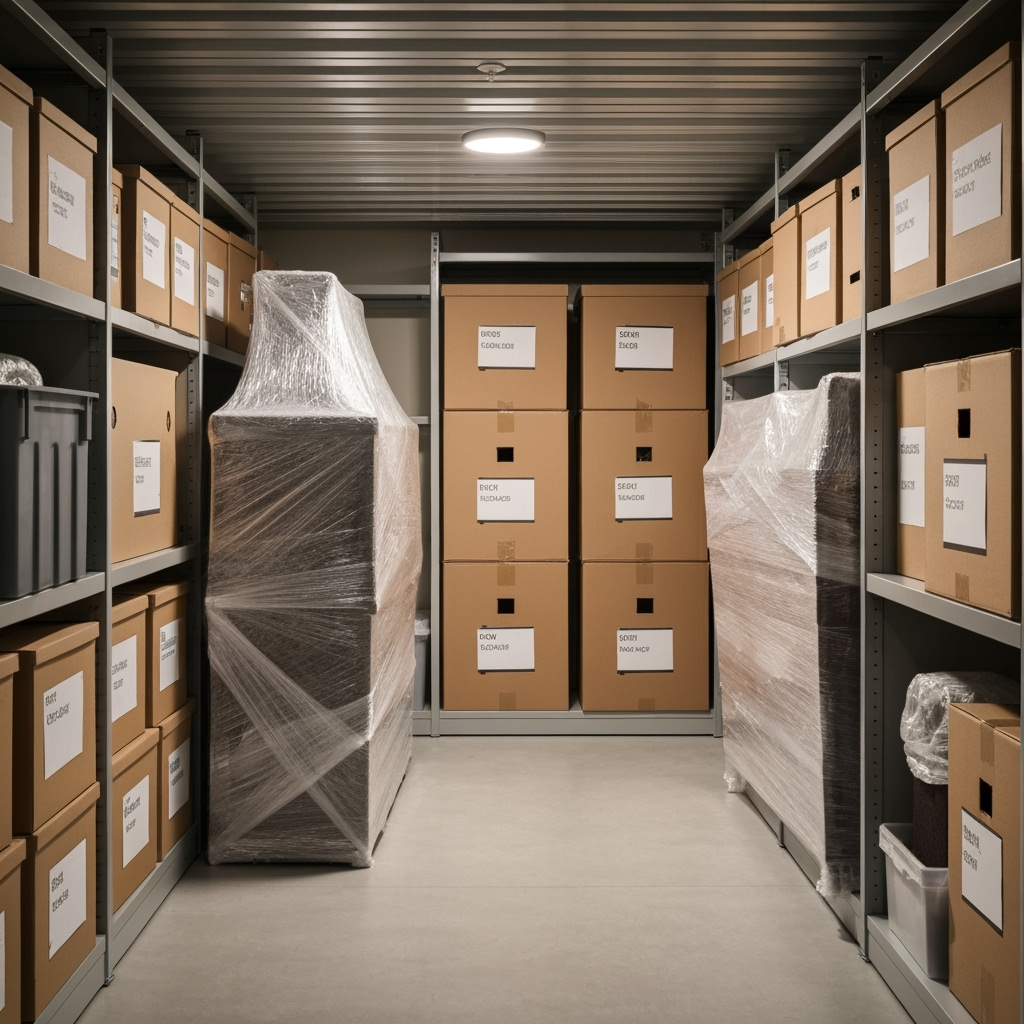Insurance Claim Storage: A Complete Guide to Protecting Your Belongings During Home Insurance Claims

When dealing with a home insurance claim, proper storage of your belongings can make the difference between a smooth process and added stress. Whether you’re facing water damage, fire restoration, or other household emergencies, this comprehensive guide will help you protect your possessions while navigating insurance claims.
Understanding the Need for Professional Storage During Insurance Claims
Insurance claims often require temporary relocation of your belongings for various reasons:
- Home repairs or restoration work
- Protection from further damage
- Professional cleaning and restoration
- Documentation and assessment purposes
Steps to Properly Store Items During an Insurance Claim

1. Document Everything
Before moving items to storage:
- Take detailed photographs of all items
- Create a comprehensive inventory list
- Note pre-existing damage or condition issues
- Keep receipts for any storage-related expenses
2. Choose the Right Storage Solution
Select storage features based on your needs:
- Climate-controlled units for sensitive items
- Drive-up access for frequent visits
- Various unit sizes to accommodate your belongings
- Security features for valuable items
Organizing Your Storage Unit for Insurance Purposes
Smart Organization Tips
- Create clear aisles for access
- Label all boxes clearly
- Keep an inventory map of your unit
- Store frequently needed items near the front
- Use proper packing materials for protection
Working with Your Insurance Company
Communication Best Practices
Maintain clear communication with your insurance provider:
- Get approval for storage expenses
- Understand coverage limits for storage
- Keep detailed records of all communications
- Document storage-related decisions
Special Considerations for Different Types of Claims
Water Damage Claims
- Use moisture-resistant packing materials
- Ensure items are completely dry before storage
- Consider climate-controlled units
- Monitor for mold development
Fire Damage Claims
- Separate smoke-damaged items
- Use specialized cleaning materials
- Document smoke damage thoroughly
- Consider professional cleaning before storage
Timeline Management
Staying Organized Throughout the Process
- Create a timeline for your claim
- Track important deadlines
- Schedule regular unit inspections
- Plan for seasonal storage needs
Cost Management and Reimbursement
Financial Planning Tips
Keep your storage costs manageable:
- Compare storage unit prices
- Understand insurance coverage limits
- Track all storage-related expenses
- Consider long-term vs. short-term rates
Protecting Valuable and Sensitive Items
Special Care Guidelines
- Use appropriate packing materials
- Consider additional insurance for valuables
- Monitor temperature-sensitive items
- Document condition before storage
When to Consider Professional Help
Signs You Need Expert Assistance
- Large volume of items to move
- Presence of valuable or delicate items
- Complex insurance requirements
- Time constraints or physical limitations
Maintaining Access During the Claims Process
Organize your storage unit to maintain easy access:
- Create an inventory system
- Keep important items accessible
- Maintain clear pathways
- Document any items removed or returned
Conclusion: Making Storage Work for Your Insurance Claim
Proper storage during an insurance claim requires careful planning and organization. By following these guidelines, you can protect your belongings while ensuring a smoother claims process. Remember to maintain clear communication with your insurance provider and document everything thoroughly for the best possible outcome.
Need help finding the right storage solution for your insurance claim? Contact Public Storage today to discuss your specific needs and find the perfect unit for your situation.










Leave a Reply